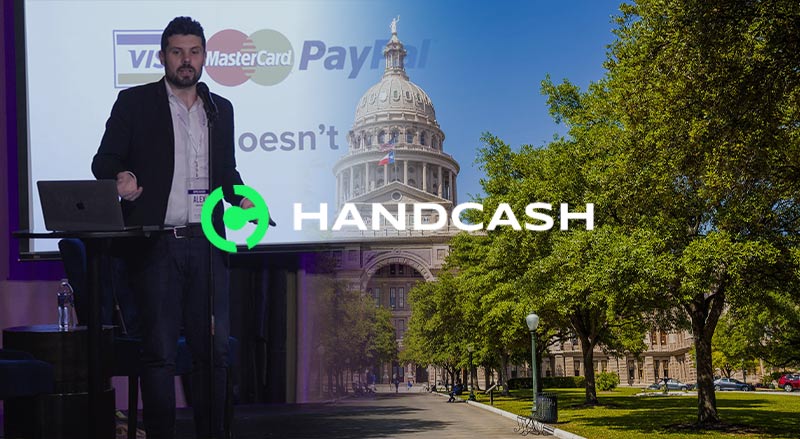HandCash is an all-in-one platform aimed at building virtual economies. A virtual economy is any kind of online community where you have users exchanging goods or crypto-assets with each other to create powerful economies within digital worlds, explains HandCash Chief Executive Officer and Co-Founder Alex Agut.
Speaking at the recent Unbounded Perspectives Summit in Texas, Agut noted that these new economies cannot rely on current financial systems and payment options such as those offered by Visa and Mastercard to be successful. Instead, you require horizontal payments that scale well, have incredibly low fees, and allow for millions of transactions a second. This makes Bitcoin a natural fit.
The complication of onboarding people onto virtual economies
Despite the desire to simplify the payments process using virtual economies, most efforts up until now have not seen tremendous success, said Agut. He pointed to the fact that users are often asked to download an app, then connect it to a wallet and sign up for multiple exchange services.
You then have to save your cryptographic keys, install browser extensions and deal with other small niggles which add up to a poor onboarding process overall, he said.
‘You have a 90% average drop rate when you ask users to download the wallet. And the ones that do download the wallet often don’t have the right wallet and token combination, so they have to spend even more money.’
Agut noted that this is the process for people who are already interested in crypto-assets and that recent metrics show that as few as 8% of Americans see cryptocurrencies in a positive way.
‘Crypto technology and blockchain are so powerful and can solve so many problems, but it’s such a shame because the onboarding process is such a mess, they cannot spend money on acquiring new users.’
HandCash to the rescue
HandCash aims to address these and other issues by giving app developers the tools so that they can access the wallet, app and exchange in a single product. Adopting this model has led to a nine times improvement in user activation, Agut said.
‘Right now, for every ten users that try to use your app, nine give up. With HandCash only one gives up. This is very powerful and enables them to actually spend money on user acquisition with confidence.’
Agut expects acquisition figures to grow even more in the coming months as HandCash plans to launch additional fiat onramps so users can top-up their wallets or cash-out right from their apps. In this way, consumers won’t be confused about having to go to a third-party service which they have never heard about.
Another way in which HandCash plans to improve the user experience in the coming months is by going all in on stablecoin. He explains that this will further eliminate confusion which consumers face and, when combined with an improved onboarding process, could make a significant difference in user acquisition.
Demonstration of HandCash
As part of his presentation, Agut also gave a live demonstration of HandCash, including:
- Micropayments and the ability to pay over a thousand people at the same time;
- Instantaneous payments;
- Various use cases and companies which are already using HandCash;
- The ability to scale;
- An overview of how HandCash has grown over the last year.
